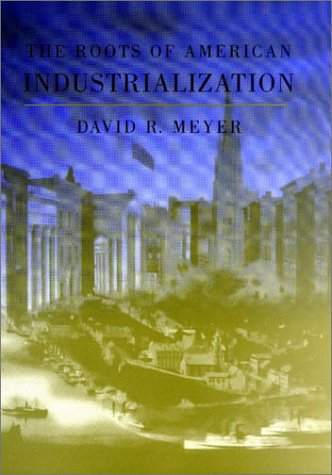How did the Eastern United States of the antebellum era make the successful transformation from an agricultural to an industrial economy? Previous studies have identified declining soil fertility and increased competition from the Midwest as incentives for Easterners to abandon farms for factories. But as David R. Meyer points out in this groundbreaking study, agriculture in the East was, in fact, thriving during this time, even as manufacturing began its period of explosive growth. In The Roots of American Industrialization Meyer reexamines previous studies, provides new evidence, and presents a new explanation. He argues that agriculture and industry both grew and transformed, thus constituting mutually reinforcing processes. Eastern agriculture thrived from 1790 to 1860, and rising farm productivity permitted surplus labor to enter factories and provided swelling food supplies for growing rural and urban populations. Farms that were on poor soil and distant from markets declined, whereas other farms successfully adjusted production as rural and urban markets expanded and as Midwestern agricultural products flowed eastward after 1840.
Rural and urban demand for manufactures in the East supported diverse industrial development, and prosperous rural areas and burgeoning cities supplied increasing amounts of capital for investment. Metropolitan regional hinterlands around Boston, New York, Philadelphia, and, to a lesser extent, Baltimore, experienced broadly similar transformations of agriculture and manufacturing, forming the eastern anchor of the American manufacturing belt.
- ISBN10 0801871417
- ISBN13 9780801871412
- Publish Date 16 July 2003
- Publish Status Active
- Out of Print 4 April 2022
- Publish Country US
- Imprint Johns Hopkins University Press
- Format Hardcover
- Pages 352
- Language English
